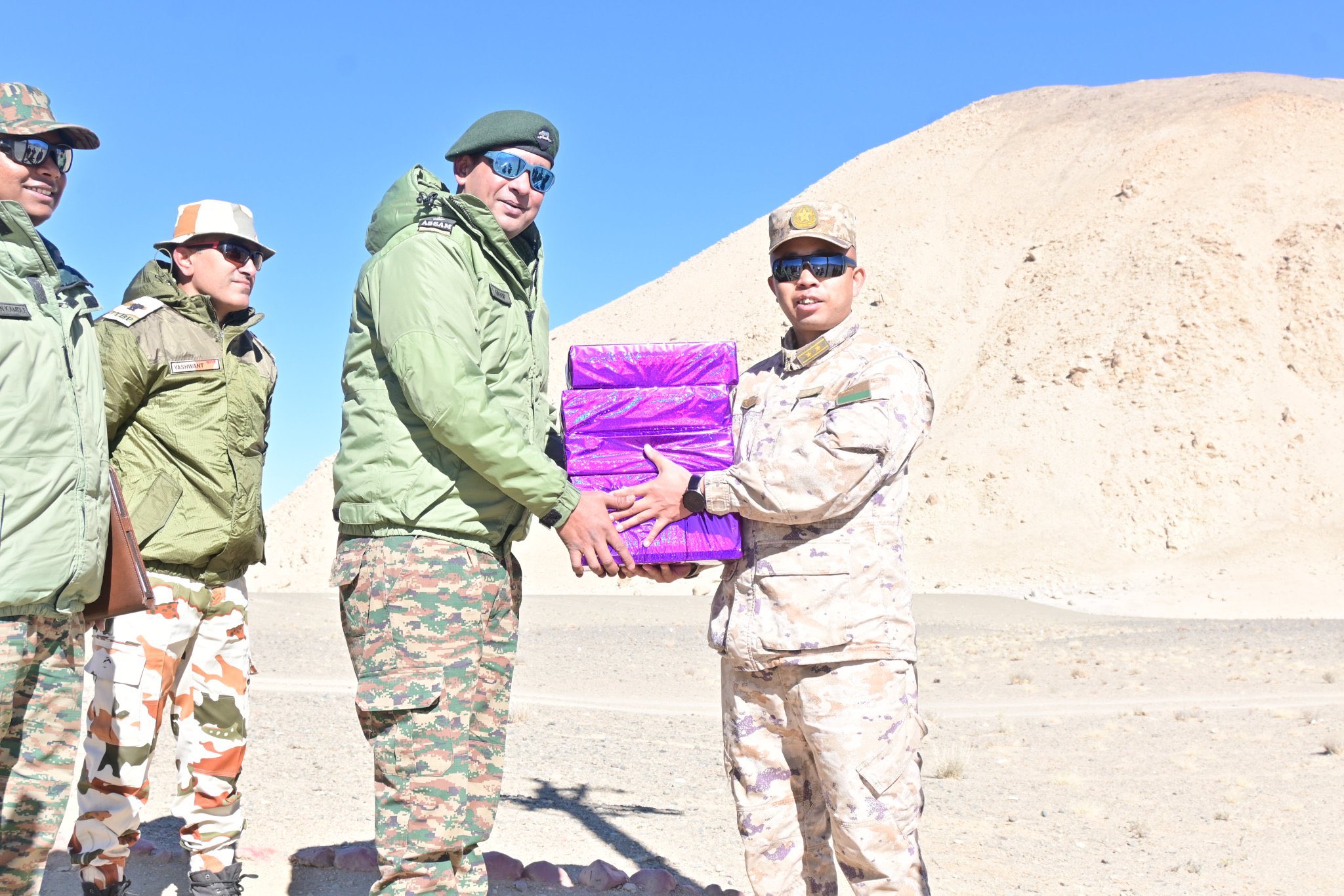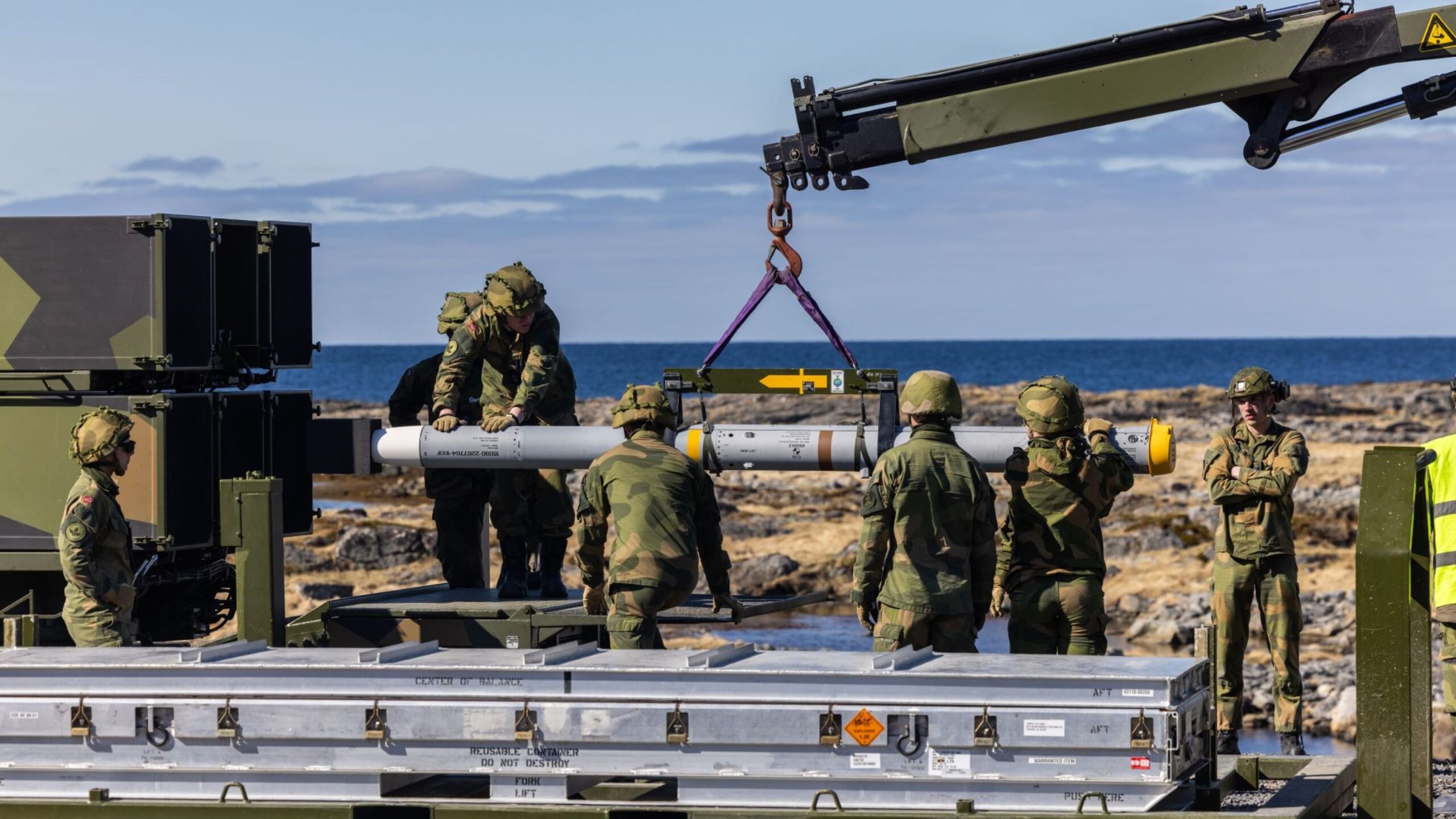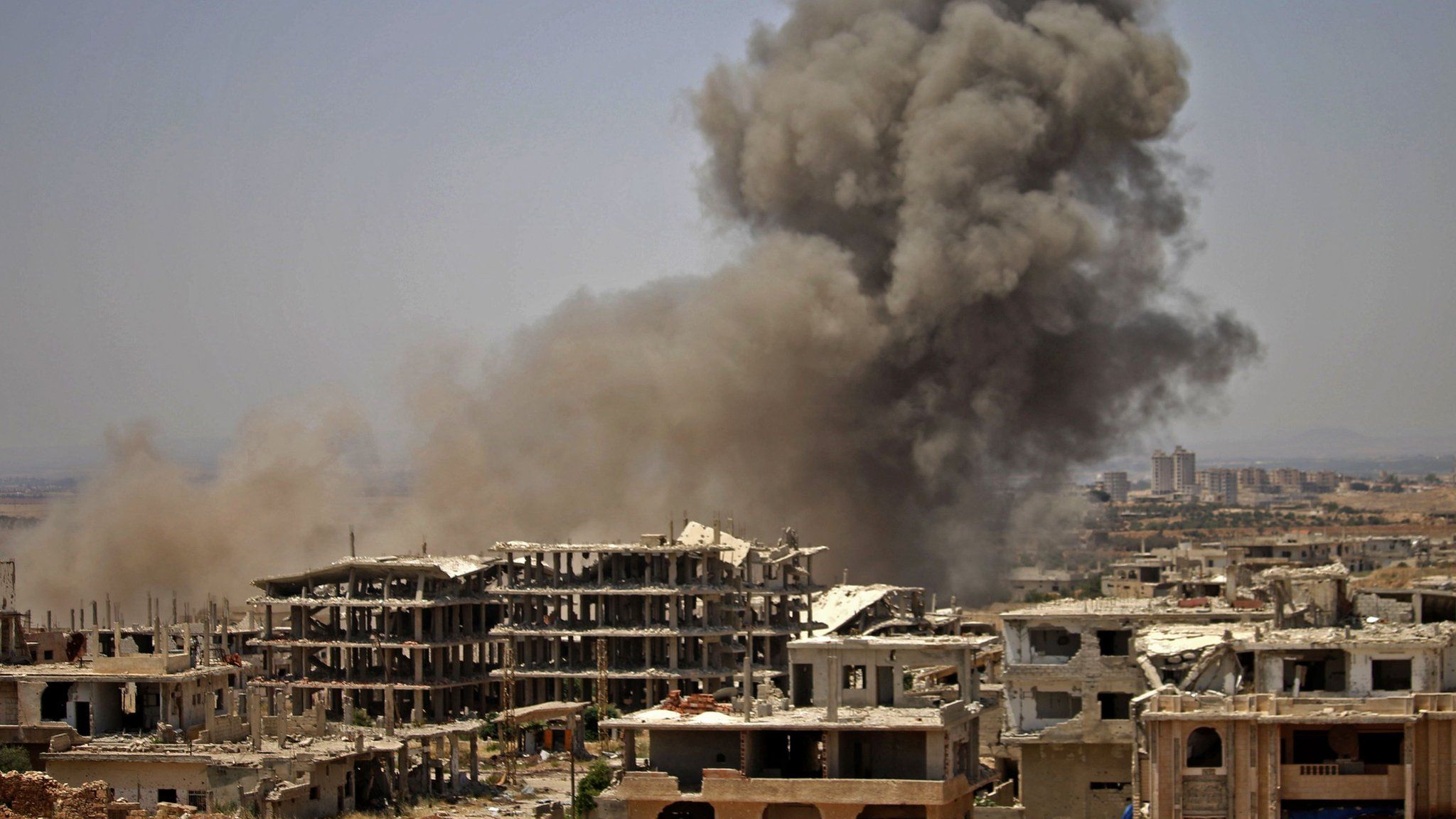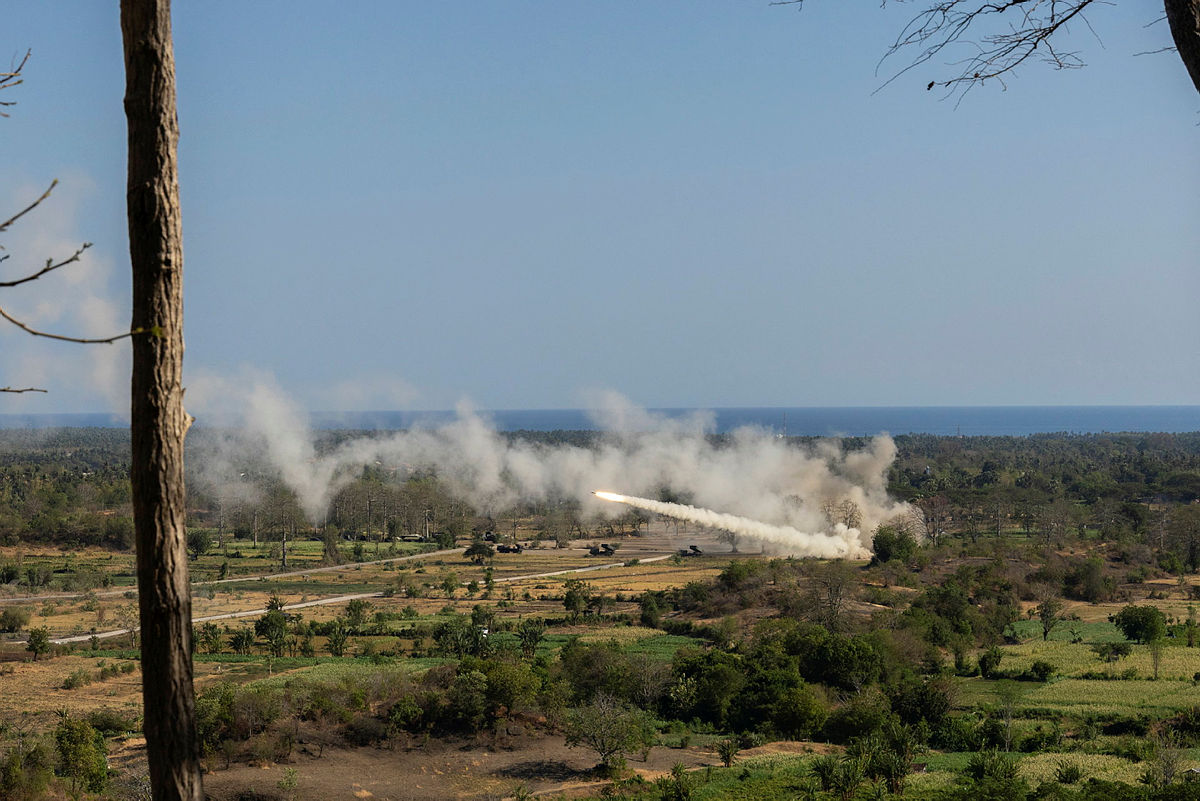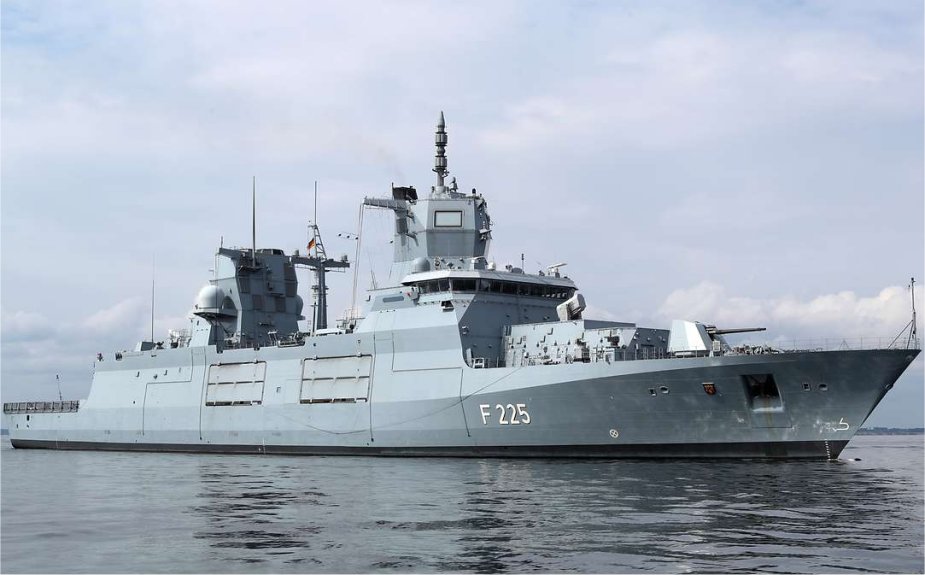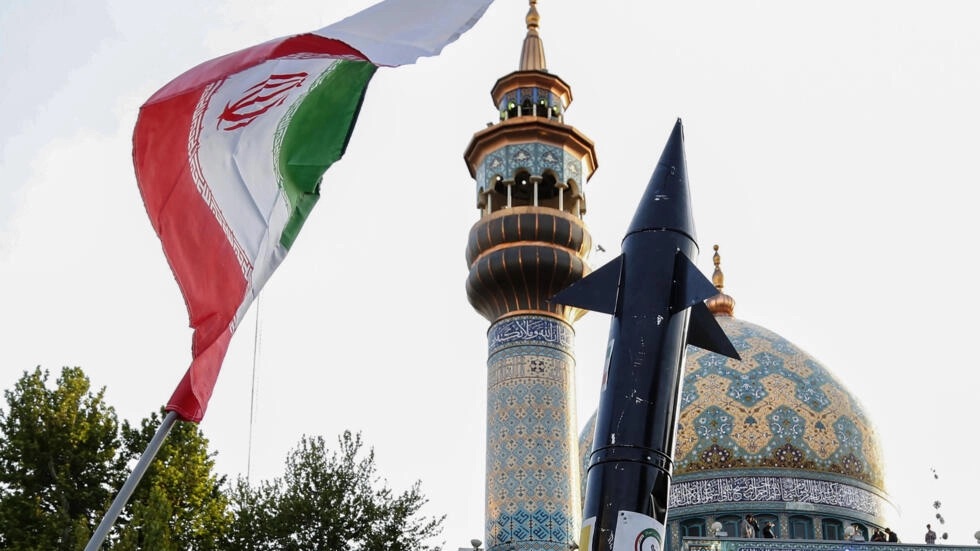India and China Exchange Sweets Along LAC During Diwali
New Delhi, October 31, 2024 – In a positive gesture symbolizing peace and cooperation, Indian and Chinese troops exchanged sweets…
Norway Procures AMRAAM Missiles to Enhance Air Defense Capabilities
Norway Expands Aerial Defense with $367 Million AMRAAM Missile Purchase Oslo, Norway – In a significant move to bolster its…
US Military Reports Up to 35 Jihadists Killed in Airstrikes in Syria
US Air Strikes Eliminate Up to 35 ISIS Members in Syria In a recent military operation, American air strikes have…
Australia Unveils Initiative to Develop Long-Range Guided Missiles
Australia to Boost Missile Manufacturing Amid Rising Geopolitical Tensions Australia is set to significantly ramp up its missile manufacturing capabilities…
German Warships Steer Clear of Red Sea Due to Houthi Threats
German Naval Ships Avoid Red Sea Amid Heightened Security Threats Berlin, Germany – In a significant shift in naval operations,…
Iran Claims Missile Production Remains Unharmed by Israeli Strikes
Iran Asserts Missile Production Unaffected by Israeli Strikes Tehran, Iran – In a defiant statement on Wednesday, Iranian Defense Minister…

